With Windows 10 and Surface, Microsoft is (finally) making real consumer gains
Between the Microsoft Store, new Surfaces, and Xbox, Microsoft's latest trend toward genuine consumer success is a welcome change.
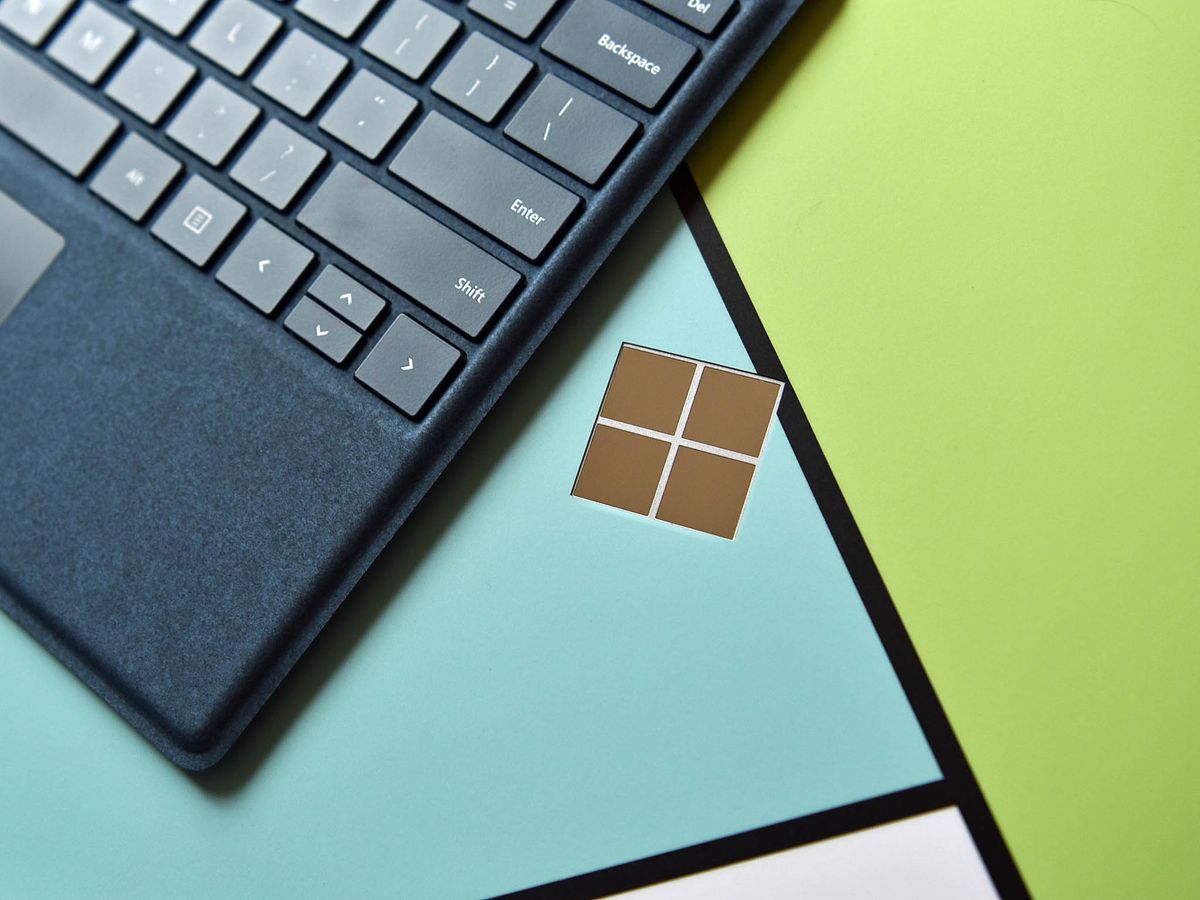
In the Windows and Microsoft enthusiast community, there is constant tension. Some believe Surface, Xbox, and Windows 10 reveal the best of what the company has for consumers, while the fates of Windows Phone, Band, and Groove portray a failing company that has its head stuck in the (intelligent) clouds.
The truth lays somewhere in between.
There is no hiding the fact that Microsoft has had some massive failures over the last few years, with mobile being the most damaging. But when you ask non-Microsoft fans about what they see, they tend to be impressed. (See tech journalist Owen Williams's excellent article "The Surface Book 2 is everything the MacBook Pro should be", for example.)
Over the last few months, though, the company appears to have shifted again, and it seems to be moving towards the consumer space. Again. Of course, many at Microsoft would say that they never were pulling away from consumers. But recent shifts and updates make clear it that non-business personal computing is still a focus.
Surface, Surface, Surface
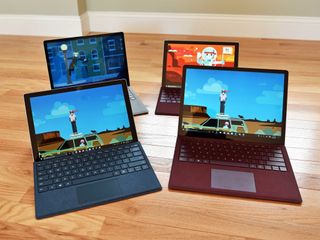
Ever since the Surface Pro premiered six years ago, many have been calling for or predicting that Microsoft would not continue to make PC hardware.
As recently as October of 2017, The Register ran an article citing industry insiders and executives with the headline "2019: The year that Microsoft quits Surface hardware". Since then, the Surface Book 2 came to market and Surface Hub 2 was announced.
There is also speculation that a smaller, 10-inch Surface is returning to the lineup along with Surface Studio 2, a new Surface Pro in 2019, and, of course, Project Andromeda, which we still hear will arrive in 2018.
Get the Windows Central Newsletter
All the latest news, reviews, and guides for Windows and Xbox diehards.
Everything we know about upcoming Microsoft Surface and Xbox hardware
If all those pan out, Microsoft would have Surface, Surface Pro, Surface Laptop, Surface Book, Surface Studio, Surface Hub and whatever Andromeda is called for seven lines of PCs running Windows 10. That doesn't even include all the different configuration SKUs and technically two Surface Book 2 models. (We could put Surface Hub to the side as that is a purse business play at this point, but the concept for consumers endures).
Toss in Xbox One X – designed along with the Surface team – and it is hard to even entertain that Microsoft is pulling out of making its own PC and gaming hardware.
Microsoft Store is getting better
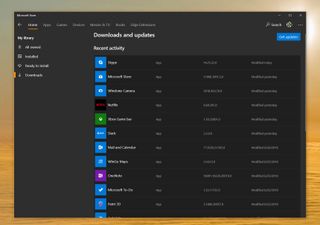
Microsoft finally seems to be taking its Store seriously, too. The Microsoft Store has gone from a stagnant app and game repository to something much more. For example:
- New My Library sub-categories for installed, all owned, ready to install, and installed titles.
- Edge extensions dedicated section.
- Books.
- PC and gaming devices area matching online store.
- Departments (in testing).
- Coming soon: wish list, remote installs, and cart.
- More 4K movies.
- Real PC games, like Frost Punk.
However, there is still too much "U.S.-only" going on with the Store, and many users don't have access to these features. But at the very least, it is hard to believe that Microsoft is not putting more effort toward making the Microsoft Store a more exciting place.
The Microsoft Store is finally becoming what it should have been five years ago. Microsoft should be criticized for taking so long, but that misses the point: Microsoft could just as quickly let the Store die, give up, and move on if it was not serious about the consumer market.
The exact opposite is happening. At a fast pace. Finally.
App development is improving
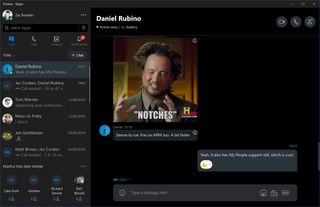
Another interesting change is with app development. Things like Microsoft To-Do, which has languished in development hell, is now getting frequent updates with new features like a dark theme, tags, list sharing, and Fluent design.
Even Skype, everyone's favorite app to hate, is getting a redesign for Windows 10 built on React Native and the Universal Windows Platform (UWP) – and so far, it's excellent. There's that Twitter PWA, which is so good I use it as my only Twitter app across all my devices. And the app-formerly-known-as MSN News is being refreshed with Fluent Design and a new name despite earlier reports that inbox apps were "winding down".
Gaming on PC is still a huge focus, with Xbox head Phil Spencer recently noting that the Xbox app for Windows is being reworked to focus more on PC gamers.
Next to Skype, Microsoft's Cortana is the next favorite app that people are expecting Microsoft to kill. In 2018, we have seen it go to Microsoft's Launcher for Android, Edge for Android, Outlook on iOS, and in Redstone 4 and Redstone 5 the features spread through the OS. These are the beginnings of weaving Cortana throughout apps and Windows 10, plus there is the future Cortana-Amazon Alexa partnership.
And Microsoft is doing a ton of work on consumer services and apps on Android and iOS.
But is it all good enough?
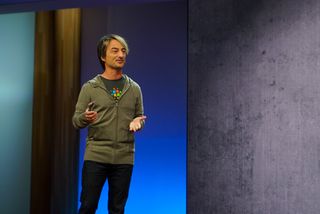
Whether you think Microsoft is doing enough in the consumer space with hardware, or even Windows 10, is up to you. All companies can always do more. But something has changed, and it's for the better.
Much of this is driven by behind-the-scenes changes coming to Windows 10, like more of a push for Windows in S-mode and later Windows Core OS. There's also Windows 10 on ARM, like Snapdragon 850 and now Snapdragon 1000, which has seen a lot of momentum in recent months (despite barely few devices on the market). Likewise, maybe some of this is because Microsoft's Joe Belfiore, who always seemed to get Microsoft enthusiasts, is now heading up a lot of Windows 10 consumer initiatives. Combined all that with new Surface hardware, which will be very consumer-focused, and Microsoft's whole "retrenched" thing seems to have been accurate.
Microsoft finally appears to be emerging from its consumer cocoon.

Daniel Rubino is the Editor-in-chief of Windows Central. He is also the head reviewer, podcast co-host, and analyst. He has been covering Microsoft since 2007 when this site was called WMExperts (and later Windows Phone Central). His interests include Windows, laptops, next-gen computing, and wearable tech. He has reviewed laptops for over 10 years and is particularly fond of 2-in-1 convertibles, Arm64 processors, new form factors, and thin-and-light PCs. Before all this tech stuff, he worked on a Ph.D. in linguistics, performed polysomnographs in NYC, and was a motion-picture operator for 17 years.